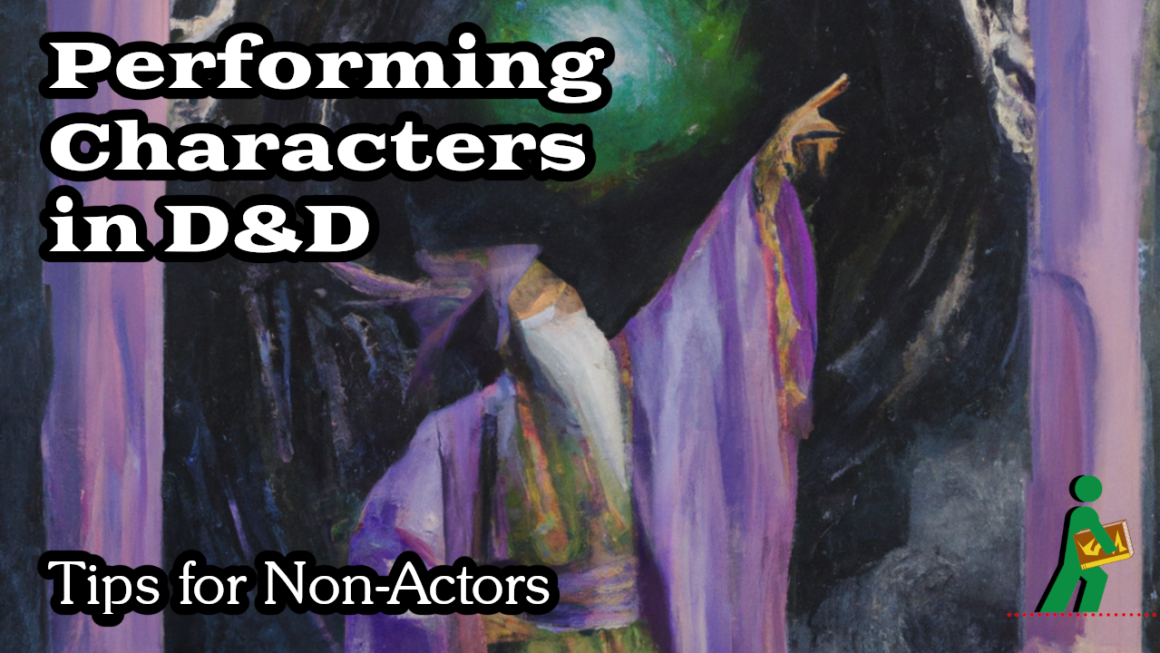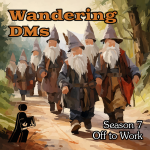
Performing Characters in D&D | Tips for Non-Actors | Wandering DMs S06 E08

Dan & Paul discuss tips for embodying a character in body and voice when playing D&D at the table. When we compare ourselves to well-known D&D performers, what are simple simple tricks anyone can use, even if we aren’t trained actors?
Acting involves a broad range of skills, including a well-developed imagination, emotional facility, physical expressivity, vocal projection, clarity of speech, and the ability to interpret drama. Acting also demands an ability to employ dialects, accents, improvisation, observation and emulation, mime, and stage combat. Many actors train at length in specialist programs or colleges to develop these skills. The vast majority of professional actors have undergone extensive training. Actors and actresses will often have many instructors and teachers for a full range of training involving singing, scene-work, audition techniques, and acting for camera.
One of the first known actors was an ancient Greek called Thespis of Icaria in Athens. Writing two centuries after the event, Aristotle in his Poetics (c. 335 BCE) suggests that Thespis stepped out of the dithyrambic chorus and addressed it as a separate character. Before Thespis, the chorus narrated (for example, “Dionysus did this, Dionysus said”). When Thespis stepped out from the chorus, he spoke as if he were the character (for example, “I am Dionysus, I did this”). To distinguish between these different modes of storytelling—enactment and narration—Aristotle uses the terms “mimesis” (via enactment) and “diegesis” (via narration). From Thespis’ name derives the word “thespian”.
This description uses material from the Wikipedia article “Acting“, which is released under the Creative Commons Attribution-Share-Alike License 3.0.

